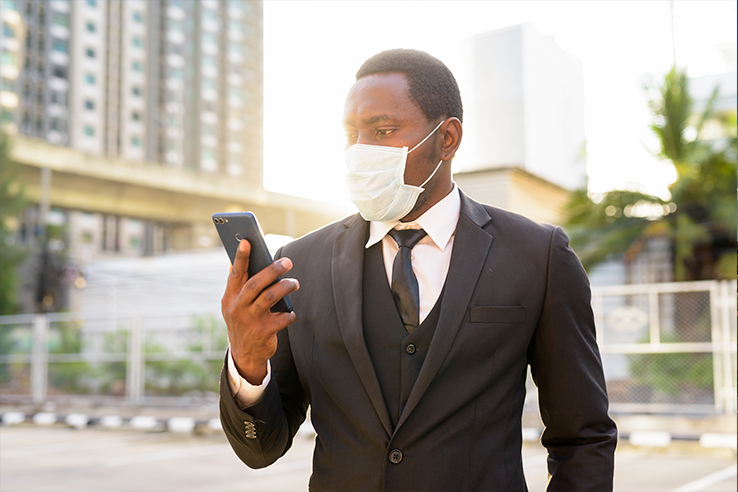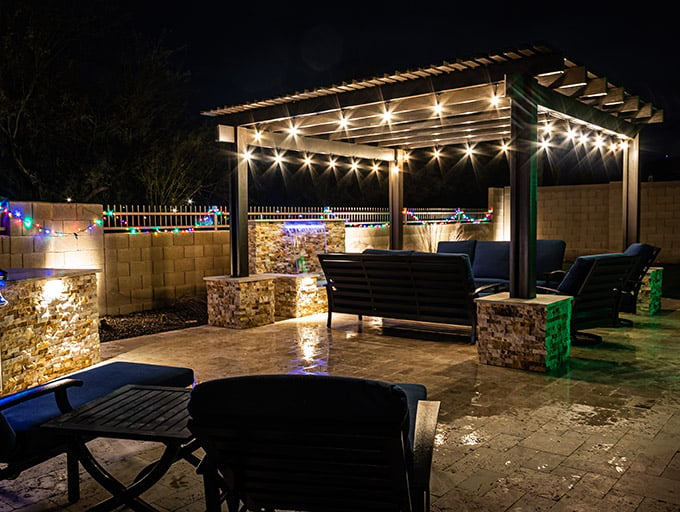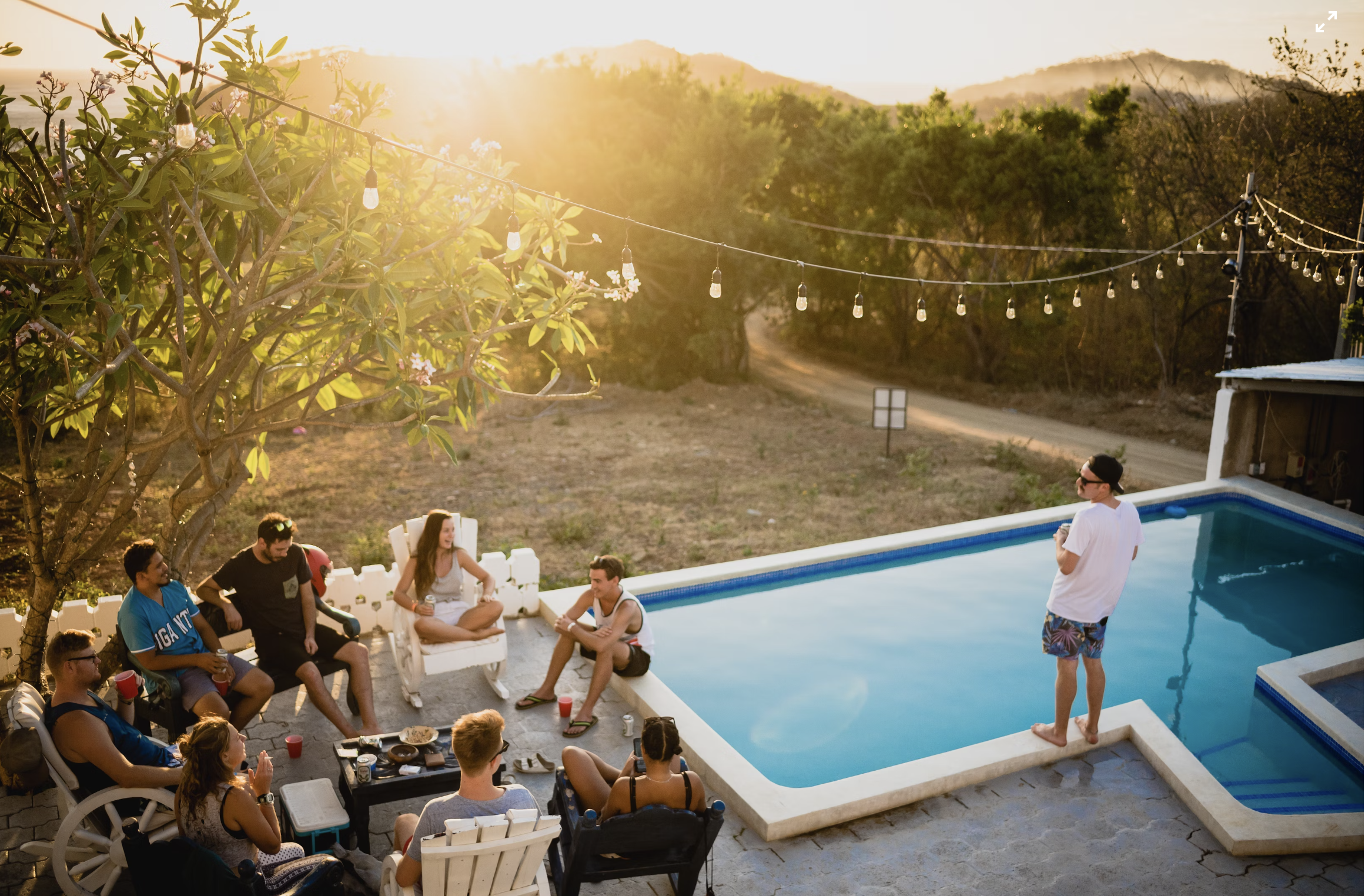Sunlight: The Hero We’ve Been Looking For In The Fight Against COVID-19

Contents
The sun shining across my desk is a positive reminder of better things to come in the fight against the spread of COVID-19. Yahoo News recently posted an article in which they explored how ultraviolet rays in Sunlight can easily kill the DNA and RNA that makes up the COVID-19 virus thus helping control the spread of this highly contagious pathogen. Scientific and medical experts weigh in on the findings and what it means for us as we hopefully head into the final stages of COVID-19. As much as we want this to be a certainty, more research needs to be done. In the meantime, why not share some positivity!
“Preliminary results from government lab experiments show that the coronavirus does not survive long in high temperatures and high humidity, and is quickly destroyed by sunlight, providing evidence from controlled tests of what scientists believed — but had not yet proved — to be true.
A briefing on the preliminary results, marked for official use only and obtained by Yahoo News, offers hope that summertime may offer conditions less hospitable for the virus, though experts caution it will by no means eliminate, or even necessarily decrease, new cases of COVID-19, the disease caused by the coronavirus. The results, however, do add an important piece of knowledge that the White House’s science advisers have been seeking as they scramble to respond to the spreading pandemic.
The study found that the risk of “transmission from surfaces outdoors is lower during daylight” and under higher temperature and humidity conditions. “Sunlight destroys the virus quickly,” reads the briefing.”
Several experts in the fields of medicine and science have confirmed positive results but were quick to advise that the recent studies have yet to be published and are still under peer-to-peer review. In the briefing, the DHS stated that “Outdoor daytime environments are lower risk for transmission.” The DHS declined to answer questions about the findings and strongly cautioned against drawing any conclusions based on unpublished data.
“The department is dedicated to the fight against COVID-19, and the health and safety of the American people is its top priority. As policy, the department does not comment on allegedly leaked documents,” the DHS said in a statement. “It would be irresponsible to speculate, draw conclusions, or to inadvertently try to influence the public based upon a document that has not yet been peer-reviewed or subjected to the rigorous scientific validation approach.”
The results are contained in a briefing by the DHS science and technology directorate, which describes experiments conducted by the National Biodefense Analysis and Countermeasures Center, a lab created after the 9/11 terrorist attacks to address biological threats.
“We are not saying that at higher temperatures, the virus will suddenly go away and everything would be fine and you are going out,” Qasim Bukhari, a computational scientist at MIT and a co-author of the analysis, told Yahoo News in an interview. “We are just seeing that there is a temperature- and humidity-related dependency, but I think many people now have started to realize this.”
This is not the first pandemic that has benefited from the energy of the sun. The H1N1 “Spanish flu” outbreak of 1918–1919 was the most devastating pandemic on record, killing between 50 million and 100 million people. The conventional view is that little could have been done to prevent the H1N1 virus from spreading or to treat those infected; however, there is evidence to the contrary. Records from an “open-air” hospital in Boston, Massachusetts, suggest that patients and staff were spared the worst of the outbreak. A combination of fresh air, sunlight, scrupulous standards of hygiene, and reusable face masks appear to have substantially reduced deaths among some patients and infections among medical staff.
While the new lab results are important, the science behind how sunlight kills the virus is fairly well established, says Arthur Anderson, former director of the Office of Human Use and Ethics at the United States Army Medical Research Institute of Infectious Diseases at Fort Detrick, Md.
“[Ultraviolet] light breaks DNA into fragments. If the virus is floating around in the air and there’s bright sunlight, the UV component in sunlight will break the DNA or the RNA into pieces,” he told Yahoo News. Infectious disease expert Dr. Anthony Fauci, who has become the leading face of the White House response, has provided cautious statements about what the summer months might mean for the coronavirus, saying recently, “It’s almost certainly going to go down a bit.” He has stopped far short, however, of saying that good weather alone would have an impact.
Yet the lab results may ultimately provide at least some basis for optimism.
“Does this give a little more hope about the virus potentially decreasing?” said Dr. Kavita Patel, a Yahoo medical contributor and nonresident fellow at the Brookings Institution. “Yes. I would say even Dr. Fauci has alluded to that.” Colds and flus don’t disappear in the summer, even if they are less common, Patel noted. “We do have cases of the flu in the summer,” she said. “That’s why all of us in medicine are being a little more guarded.”
Conclusion
While we all struggle to move forward with our lives and continue to discover, adopt, and practice safe hygiene methods to help curb the spread of COVID-19, perhaps nature will once again use its amazing natural power to help us break through this viral gridlock. It is not our goal to misguide or spread false hope at Spotz but merely to share what is medically and scientifically proven to help stop the spread of infectious diseases – diseases that prevent us from gathering with loved ones and participating in the events and in the activities we enjoy most. May manpower and the power of the sun be the light at the end tunnel we all so desperately want and need.



